Capture devices take a video signal and allow you to record it on a computer. There are both Analog (i.e. Composite, S-Video) and Digital (i.e. HDMI) Capture devices. These may commonly be called Capture Cards, as a legacy term from when they were expansion cards installed in PCs. Nowadays they are typically USB. However PCI cards and firewire devices also exist.
A good deep dive into capturing Analog video signals is this youtube: Analog Video Capture Comparison (Intensity Pro 4K vs Elgato vs ClearClick and more)
An even deeper dive into capturing analog video signals, for preservation is this guide: Digital tools and techniques for video migration
Roundup of some HDMI capture devices: USB grabbers
- Discontinued
- There are USB 3.0 (5GBps )and Thunderbolt 2 (10 GBps) versions available. The USB version is (anecdotally )reported to have better compatibility.
- Install the Blackmagic Desktop Video Suite - https://www.blackmagicdesign.com/support/family/caplture-and-playback
- This has the drivers you need to use the device.
- OBS will show several capture devices after installing this suite. (BlackMagic Device, Decklink Device)
- Use BlackMagic Video Express to capture Composite. Using the 525i 59.94 NTSC setting. OBS does not do a good job of capturing Composite.
- MacOS compatibility is limited by the fact that drivers are not maintained past MacOS 10.14 Mojave (~2018) (?)
- Capture and Display
- HDMI
- Component
- Composite
- S/Video
- It seems that the device itself has firmware (different than Operating System drivers), that the Blackmagic Desktop Video Setup software will update. Unclear how to check the firmware on your device. A concern may be that future Firmware updates may remove or break features of the device.
- https://twitter.com/glitch_wolfe/status/1563097785322577921
- https://www.bhphotovideo.com/lit_files/20004.pdf
- Blackmagic Forum • View topic - Intensity Shuttle Thunderbolt help!
- Blackmagic Forum • View topic - Intensity Shuttle USB 3.0 - beginner mistakes
- View topic - Blackmagic Intensity shuttle usb 3.0 compatibility.
- https://www.youtube.com/watch?v=5GknMnJCUM0
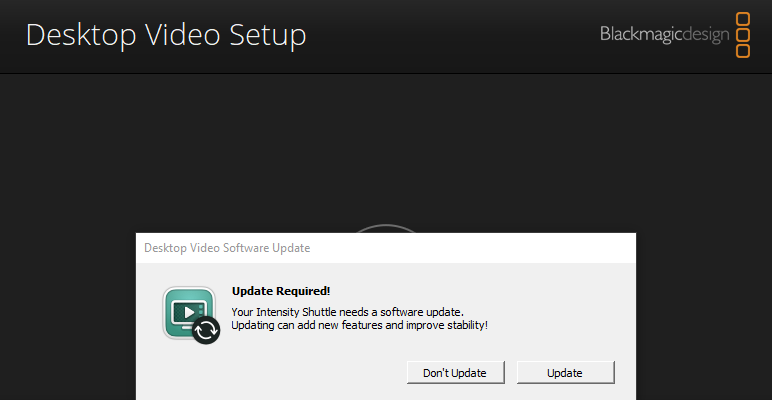
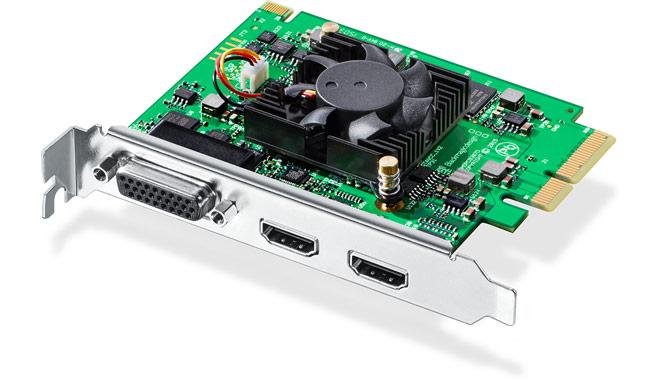
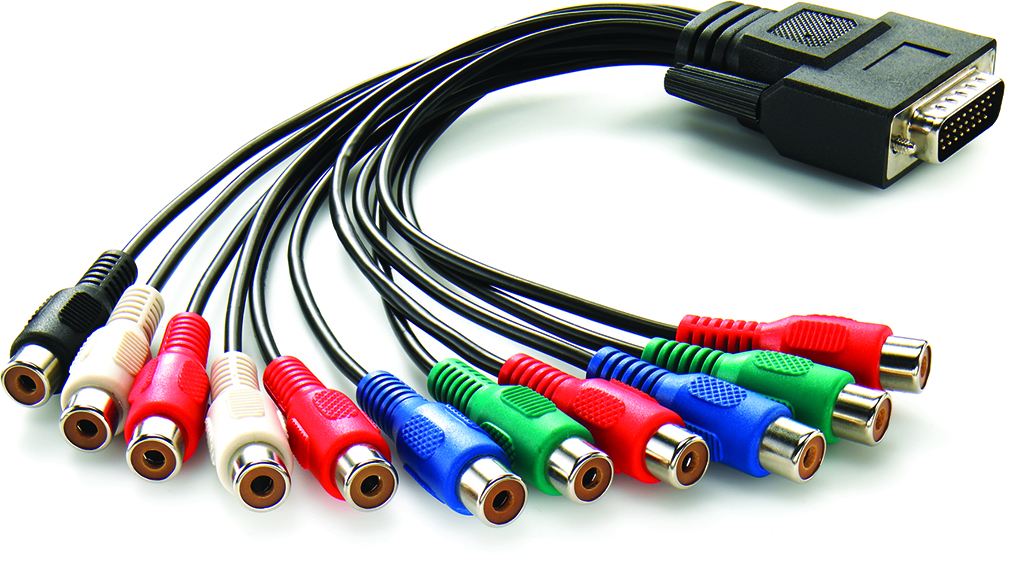
- 4-Lane PCIe Card for 4, 8, 16 Lane Slots
- Capture & Playback in Ultra HD at 30 fps
- Capture 1080p at 60 fps
- Ingest HDMI, YUV, S-Video, and NTSC/PAL
- HDMI 1.4b Standard
- Save Video Compressed or Uncompressed
- Capture Directly to Popular NLEs
- Output to High Resolution HDTVs
- Connect Cameras for Live Streaming
- More expensive than generic options
- Reviewed here: Analog Video Capture Comparison (Intensity Pro 4K vs Elgato vs ClearClick and more)
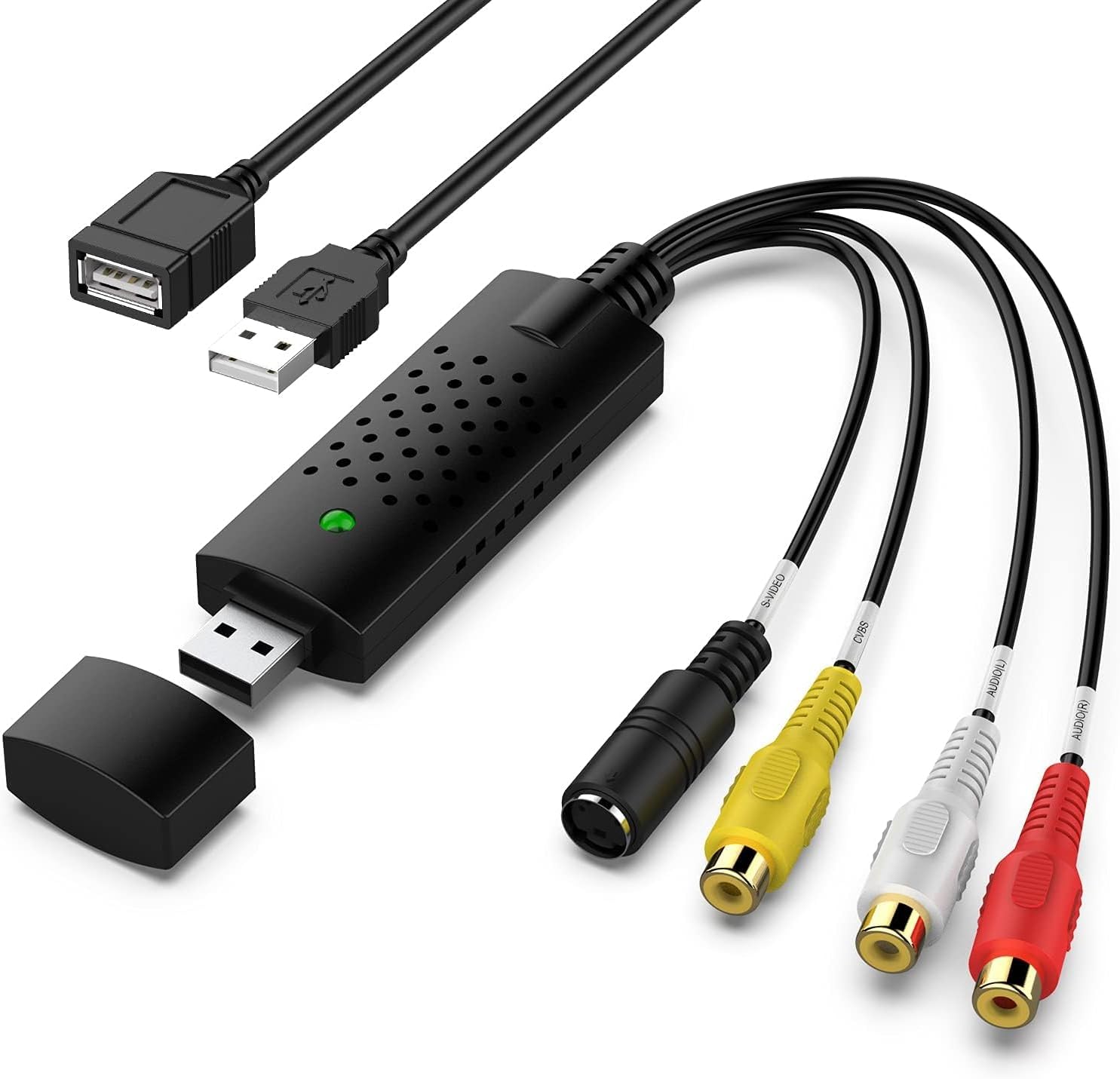
- Sometimes called EasyCap. But may be found under various names.
- Works on Mac and PC
- What are the best settings for OBS capture?
- What are resolutions & settings? Menu system in class-compliant use is intentionally confusing
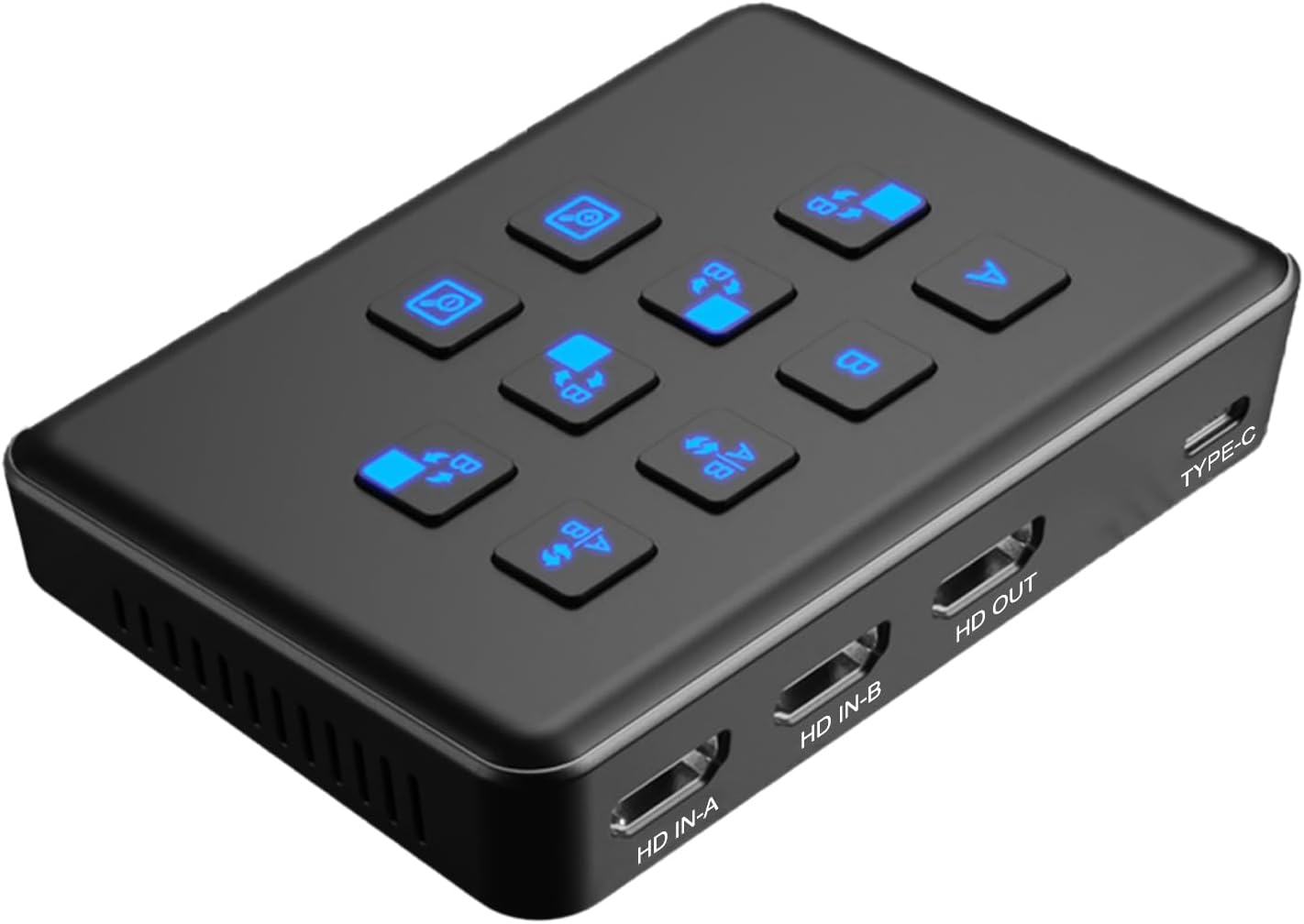
- Cheap, seems to just work.


- Used for First Person View drones, records to SD card.
- The AV adapter appears to be CTIA/Apple standard.
- Sick of VHS TAPE? This Tiny $20 Device Delivers Absurd Quality!
- Caps at 30 fps. Don’t even bother trying to capture audio with it
- Weird TRRS config, but easy to overcome
- Quality is better than the miniDV above and it comes with a built in screen
- Self contained Lithium battery
- Respected Japanese brand.
- GV-USB2 Review (Analog Video Capture Follow-Up)
- Same software appears in StarTech VID2HDCON
- Software download is in Japanese. See https://iotku.pw/gvusb2-guide/
- The MS2109 chip powers several HDMI to USB capture devices.
- Appears to be maximum USB 2.0
- USB grabbers: MS2109 surprises us again
- Making the Macrosilicon MS2109 HDMI-to-USB capture device work on Linux
- https://github.com/BertoldVdb/ms-tools
- The MS2130 chip powers several HDMI to USB capture devices.
- Appears to be maximum USB 3.0. Locking it to USB 2.0 mode may give different options.
- There are alternative firmwares that give some flexibility.
- How to identify MS2130 based device via USB information: ???
- Flashing firmware: Github HyperHDR - HDRMS2130 grabber. Summary and firmware testing
- Overview of MS2130: Github HyperHDR - Video Grabber MS2130
- GitHub - YuzukiHD/YuzukiLOHCC-PRO: Low cost USB3.2Gen1 HDMI-USB Video Acquisition With Loop Out
- GitHub - BertoldVdb/ms-tools
- https://www.eevblog.com/forum/reviews/4k-ultrahd-usb3-0-1080p-60fps-hdmi-capture-card-on-macrosilicon-ms2131-chip/
- There are several model numbers of these; some are much better than others.
- Probably avoid these in 2024; as there are better cheaper options.
- Which Pinnacle Dazzle?
- Pinnace Dazzle Device drivers (if they are not auto-installed, or you have an older system) Note this was updated in 2012. http://cdn.pinnaclesys.com/SupportFiles/Hardware_Installer/readmeHW10.htm
- HDMI to USB 3.0 capture
- The Youtuber Reasonably British goes deep into the various StarTech Adapters - https://www.youtube.com/watch?v=zcpbnU63_kY
- Windows Only
- USB 2.0
- 720x480
- Review: StarTech Analog Video Capture Review
-
- Windows Only
- USB 3.0
- Captures: HDMI, DVI. And with included dongles: VGA, Component, Composite
- Review: StarTech Analog Video Capture Review
- Windows Oly
- Composite and S/Video
- Same software as GVUSB2?
- Review: StarTech Analog Video Capture Review